17 Sep SOUND Week Day 2: How the sounds of our world affect our health, well-being, and productivity.
Posted at 09:00h
in Articles
It is time to be aware of the sounds around us, and to think about the way these sounds affect you – the way the world sounds has a measurable effect on our feelings, our ability to heal, our productivity at work, and our well-being. All of this weeks fast facts come from a research paper called “Building in Sound”, which is an in depth look at sound and health (link at the bottom of this article). Not interested in reading this informative 19 page article? Read below for some of the most interesting facts:
Day 2: Noise and the Classroom
- The average noise level in many classrooms is not just associated with impaired learning, but also with permanent hearing loss. The WHO (World Health Organization) recommends the classroom noise level to be similar to those you’d find in a library – 35 decibels. However, a study in Germany finds that the actual average noise level in classrooms is 65 decibels. This means that for a student sitting in the 4th row of a traditional classroom setup, speech intelligibility is only 50%, meaning they are only hearing half of what the teacher says.
- Constant, low frequency noise levels can significantly impact a student’s reading level. A study published in 2006 looked at 2000 students (age 9-10) in schools in the Netherlands, Spain, and the U.K.. When comparing schools near airports (leading to a 20 dB increase in aircraft noise) over a school not near an airport, the aircraft noise delayed the students’ reading levels by up to 8 months.
- 5% of teachers have experienced voice damage from talking over classroom noise. A study of teachers published in 2004 found that 50% of teachers have suffered irreversible damage to their voices; as the environment gets noisier, they speak more loudly.
Want to know more? Here is the full document where all of this information was found:


